Auto tariffs are making Canadian car buyers nervous enough to consider switching to bicycles or dog sleds. Whether you’re dreaming of a shiny new SUV or just trying to keep your rust bucket on life support, tariffs affect you more than you might think. In this comprehensive (and slightly cheeky) guide, we’ll answer Canadians’ 20 most burning questions about how auto tariffs could burn a hole in their wallets.
What exactly are auto tariffs?
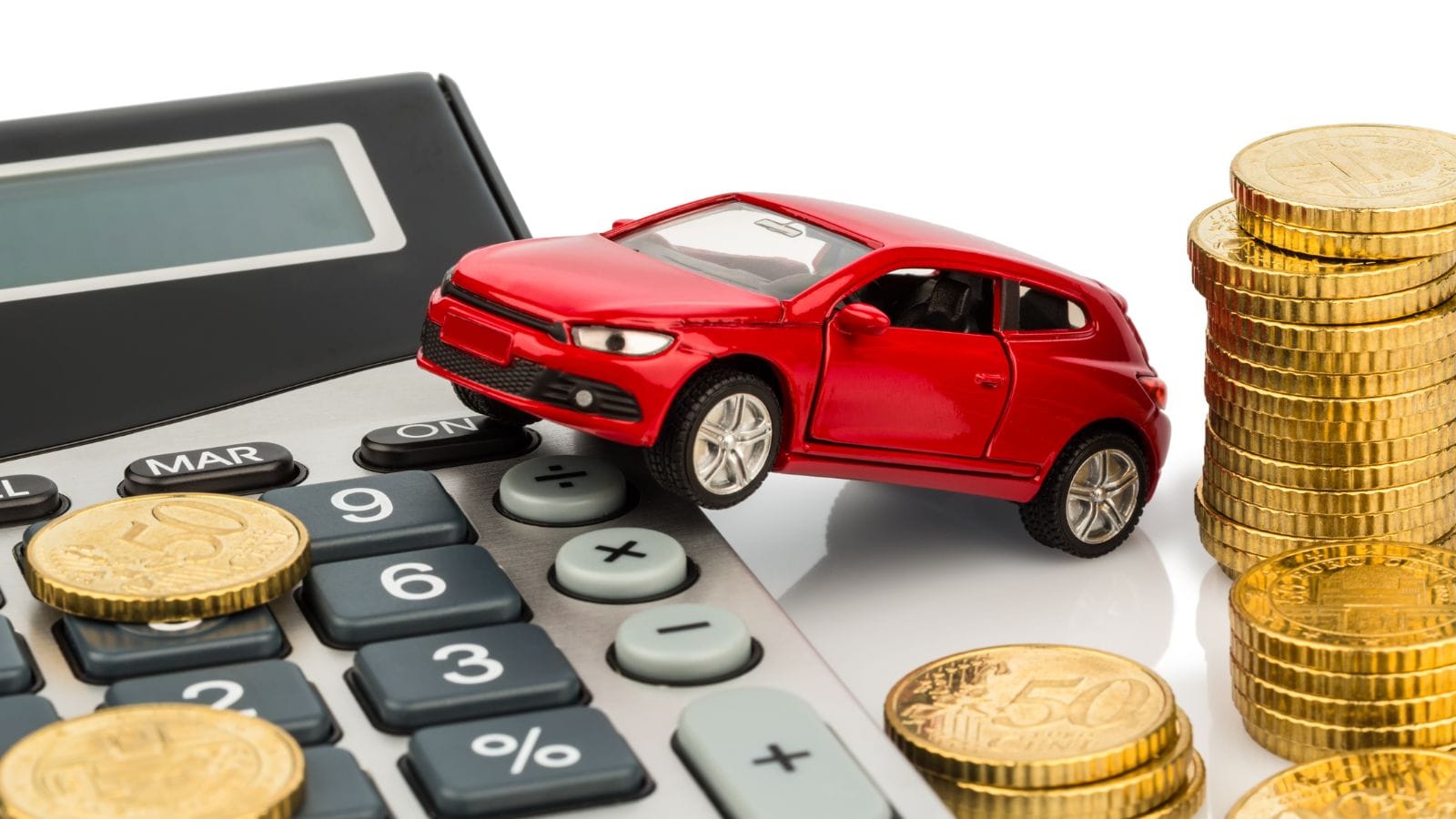
Auto tariffs are taxes placed on imported vehicles and auto parts. When Canada—or countries exporting to Canada—are subject to these tariffs, the cost of foreign-made cars and parts can rise significantly. For Canadian car buyers, this often means higher sticker prices, limited model availability, and pricier repairs. For example, if a 25% tariff is imposed on vehicles imported from countries like China or Mexico, a $40,000 car could suddenly cost $50,000 or more. Tariffs also impact dealers who may reduce inventory or delay shipments.
Why would Canada impose or face auto tariffs?

Auto tariffs are usually part of a trade dispute. If another country (e.g., the U.S. or China) starts a tariff tiff, Canada might retaliate or be caught in the crossfire. For Canadian car buyers, these tariffs translate to higher vehicle prices, especially for models manufactured in the U.S. The increased costs stem from tariffs on fully assembled vehicles and imported auto parts, leading to price hikes of $4,000 to $5,300 per vehicle. Additionally, the tariffs disrupt the integrated North American auto supply chain, causing delays and reduced availability of specific models.
How much could tariffs increase car prices?

A 25% tariff on imported cars could raise the price of a $40,000 vehicle by as much as $10,000. The impact could be widespread since over 75% of vehicles sold in Canada are imported, especially from countries like Japan, South Korea, and Germany. Even domestic models could get pricier, as many rely on imported parts. The Bank of Canada has warned that such tariffs would slow economic growth and reduce consumer purchasing power. If tariffs are imposed, Canadians could see a 15%–30 % spike in average vehicle costs.
Are all vehicles affected in the same way?

No, not all vehicles are affected equally by auto tariffs in Canada. The impact largely depends on where a vehicle is manufactured, the percentage of imported parts, and its market segment. Vehicles built in Canada or the U.S. under the CUSMA (Canada-United States-Mexico Agreement) are less affected due to trade exemptions. However, cars imported from Europe or Asia, like BMW, Toyota, or Hyundai, could face up to 35% tariffs, raising prices by thousands.
Do auto parts face tariffs, too?
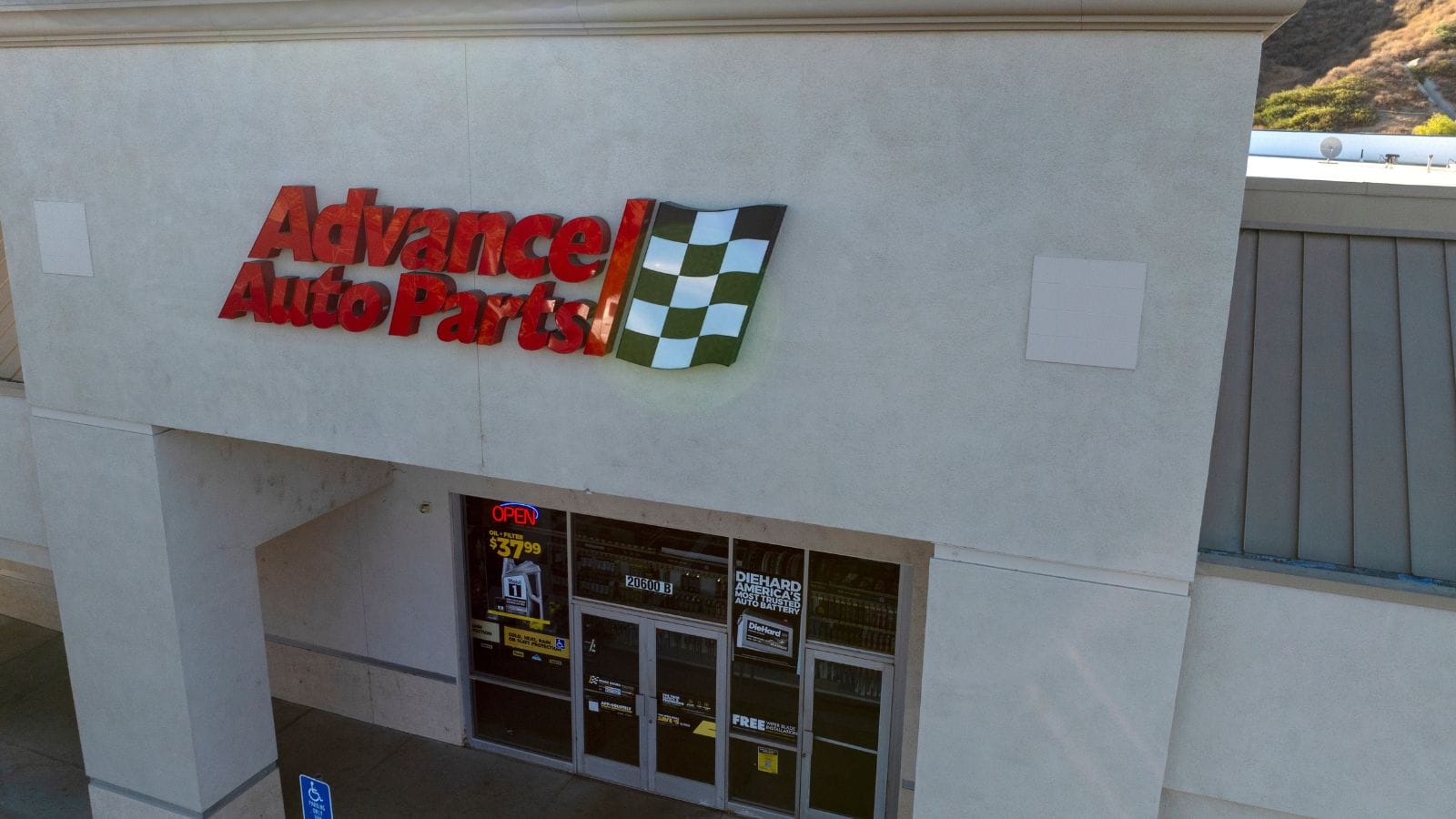
Yes, auto parts can face tariffs, potentially making your next repair or customization pricier. Under Canada’s trade agreements, like CUSMA (formerly NAFTA), auto parts from the U.S. and Mexico generally enter tariff-free. However, if Canada imposes retaliatory tariffs, as it did in 2018 during the U.S. steel and aluminum dispute, parts from certain countries could be hit. Plus, with current tensions around Chinese electric vehicles, parts from China (like batteries, sensors, and chips) are under scrutiny, especially after the U.S. imposed steep tariffs in 2024.
Will used car prices go up, too?

Absolutely. According to the Canadian Black Book, used car prices were already elevated post-pandemic due to supply chain issues. Tariffs could extend that trend. The Automotive Parts Manufacturers’ Association notes that even Canadian-assembled vehicles contain many imported components, so tariffs affect them too, shrinking overall supply. Dealers may also hold onto trade-ins longer to capitalize on rising values, tightening the market further. In short, if you plan to buy used, expect stiffer competition and higher prices unless Canada carves out tariff exemptions or offsets the impact with subsidies.
How does this affect leasing?

Leasing companies factor tariffs into their cost calculations. For example, if a $40,000 imported SUV faces a 20% tariff, its price could jump to $48,000. The monthly lease could increase by $80–$120, depending on the term and interest. Tariffs also affect residual values and interest rates, making lease offers less attractive. This is especially problematic in Canada, where over 40% of new vehicle transactions are leased. Automakers may reduce incentives, shift to domestic models, or limit lease availability altogether. In short, tariffs hit lease customers hard, raising payments, reducing choices, and shrinking deals.
What about electric vehicles (EVs)?

Many EVs are imported from Asia or Europe, and their batteries often come from abroad. A $50,000 EV could suddenly cost $75,000 or more, wiping out federal and provincial EV rebates. Canada imports nearly 80% of its EVs, and domestic production is still limited, meaning buyers will face fewer options and higher prices. Statistics Canada states EV sales rose 42% in 2023, but tariffs could slow this momentum. In addition to those possible delays in supply chains, EV affordability will take a significant hit.
Can dealerships absorb the tariff costs?
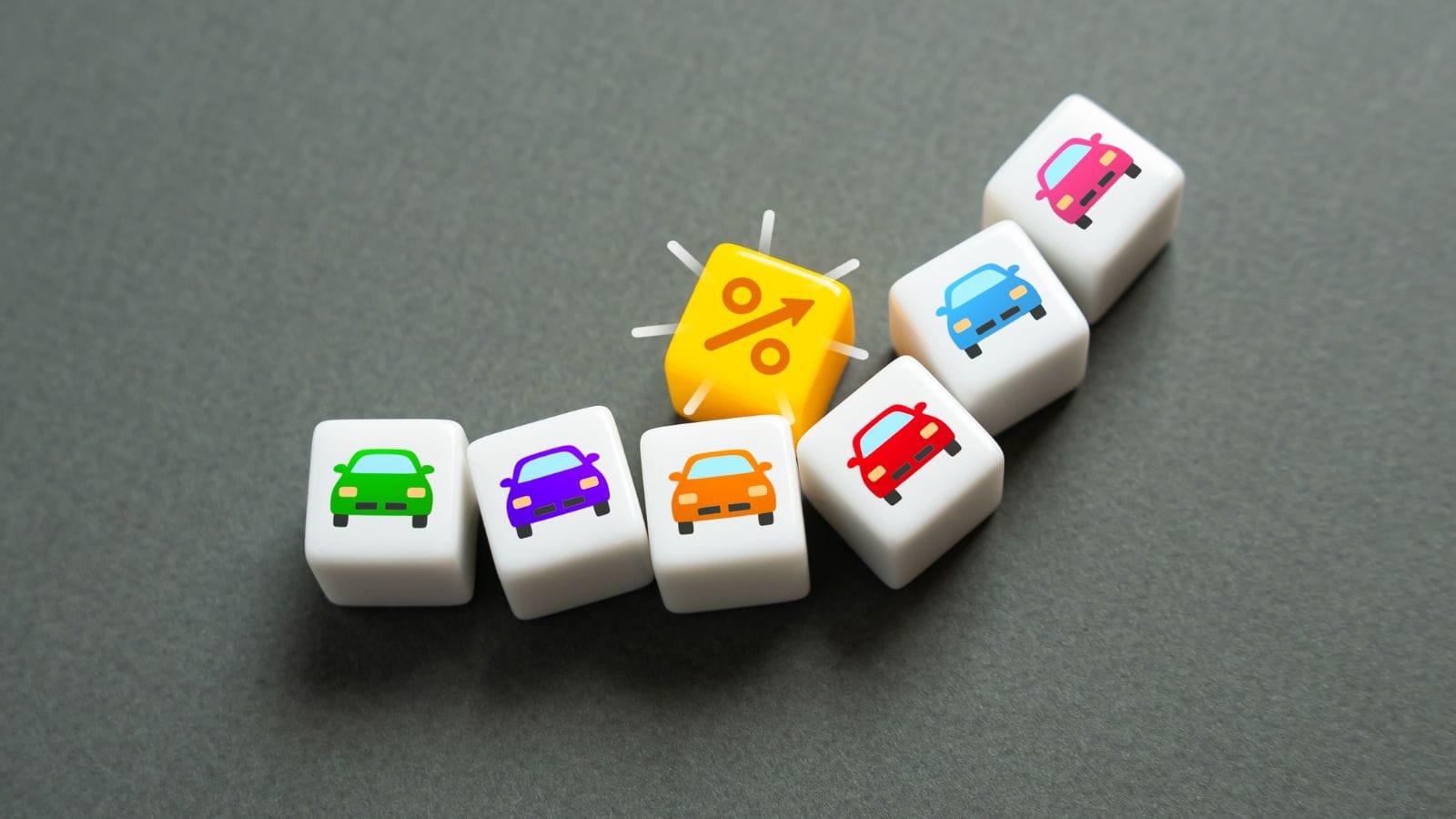
Short answer: not likely. Dealerships typically cannot fully absorb auto tariff costs without passing them on to buyers. Tariffs on imported vehicles or parts raise the manufacturer’s costs, often trickling down the supply chain. While dealerships might try to soften the blow by delaying price hikes or offering promotions, their profit margins are usually too slim to absorb significant tariff increases. According to industry reports, typical dealership net profit margins hover around 2–3% on new car sales—nowhere near enough to cover potentially thousands of dollars in added tariffs per vehicle.
Could this mean job losses in Canada?

Yes, especially in the auto retail and repair sectors. Major automakers, such as Stellantis, have been forced to halt production at plants like Windsor, leading to furloughs of thousands of workers. The Canadian Chamber of Commerce estimates that the auto sector supports over 600,000 jobs across the country, and these tariffs threaten many of those positions. Additionally, the tariffs have led to higher vehicle prices, reduced consumer demand, and increased dealership costs, further exacerbating the economic strain on the industry. So, if car sales slow down due to high prices, dealerships may cut staff, and repair shops could suffer from expensive parts shortages.
Are Canadian automakers impacted?
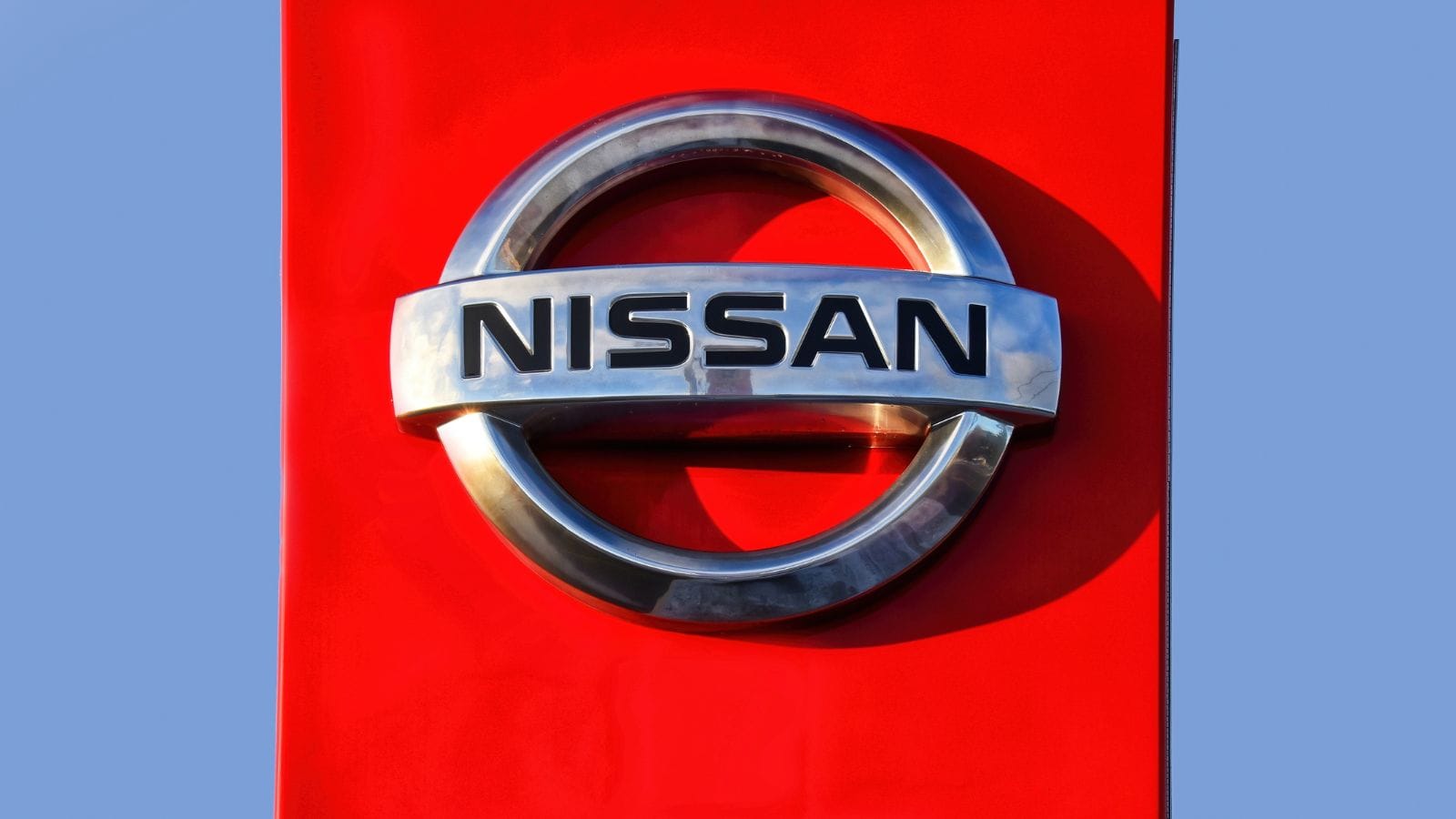
Indirectly, yes. Auto tariffs—taxes slapped on imported vehicles or parts—can give Canadian automakers a real headache. Why? About 75% of Canadian-made vehicles are exported to the U.S., and much of the parts used come from… drumroll… the U.S. So, when Uncle Sam throws a tariff tantrum, it hikes costs both ways. Manufacturers either eat the extra costs (ouch) or pass them on to buyers—yep, that means you. A 10-25% tariff can raise sticker prices by thousands.
What’s the government doing about it?
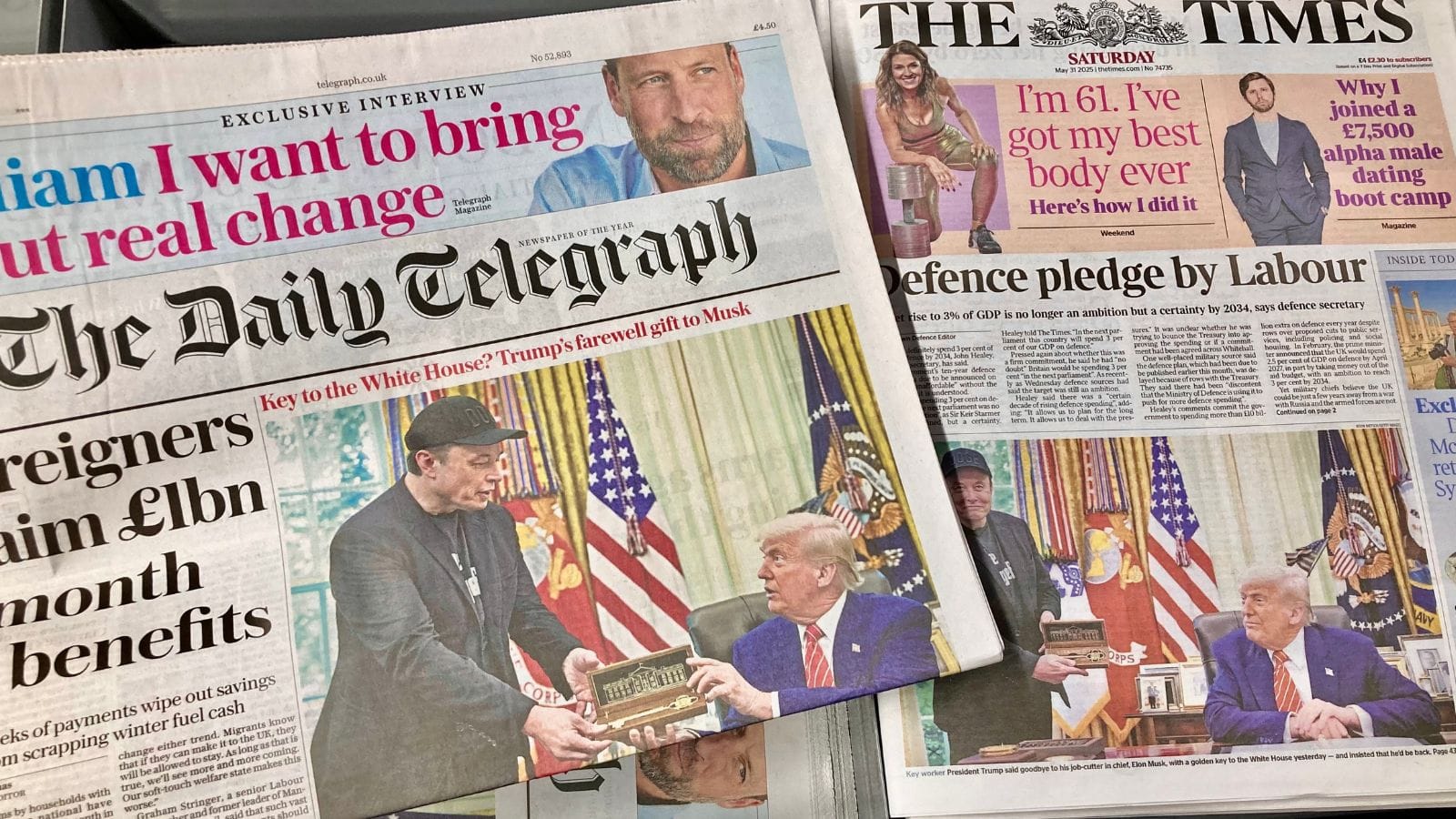
Canada has been negotiating hard to avoid auto tariffs, especially with the U.S. and the World Trade Organization. These measures protect Canadian industries from China’s state-directed overproduction and lack of rigorous labor and environmental standards. The government is also considering additional tariffs on sectors like batteries and critical minerals, with consultations ongoing. These actions align with similar moves by the U.S. and EU to counteract unfair trade practices. They’re also exploring subsidies and incentives to soften the blow.
How can consumers prepare?

Auto tariffs are like surprise seasoning—spicy and unwelcome. If Canada gets slapped with tariffs (say from the U.S. or overseas parts suppliers), expect new car prices to rev like a Dodge Hellcat: fast and high. Some estimates say tariffs could hike prices by $5,000 or more per vehicle (source: Canadian Automobile Dealers Association). So, if you’re in the market for a car, buy sooner rather than later. Also, models made in Canada or within North America should be considered to avoid potential tariff markups.
Is there a silver lining?

Well, sort of. If you enjoy paying more for the same car or love the thrill of delayed deliveries, auto tariffs might be your jam! When Canada faces auto tariffs—say, from the U.S.—car prices can rev up faster than a Dodge Hellcat. According to the Canadian Vehicle Manufacturers’ Association, even a 25% tariff could hike prices by thousands per vehicle. Automakers may cut jobs or shift production elsewhere, meaning fewer Canadian-made rides on the road. On the bright side (yes, there is one!), this could nudge buyers toward local, used, or electric vehicles—hello, EV incentives!
How will this affect car insurance rates?

Higher car prices mean higher replacement costs, which could drive up premiums. According to the Insurance Bureau of Canada, factors like repair costs and theft risk already impact your rate, so throw in a 10–25% tariff, and you have a recipe for inflation-flavored premiums. It’s not instant doom, though—tariffs affect new car buyers most, and the used car market might offer some reprieve. Still, don’t be surprised if your “meh” increase suddenly feels like a luxury tax.
Are commercial vehicles impacted, too?
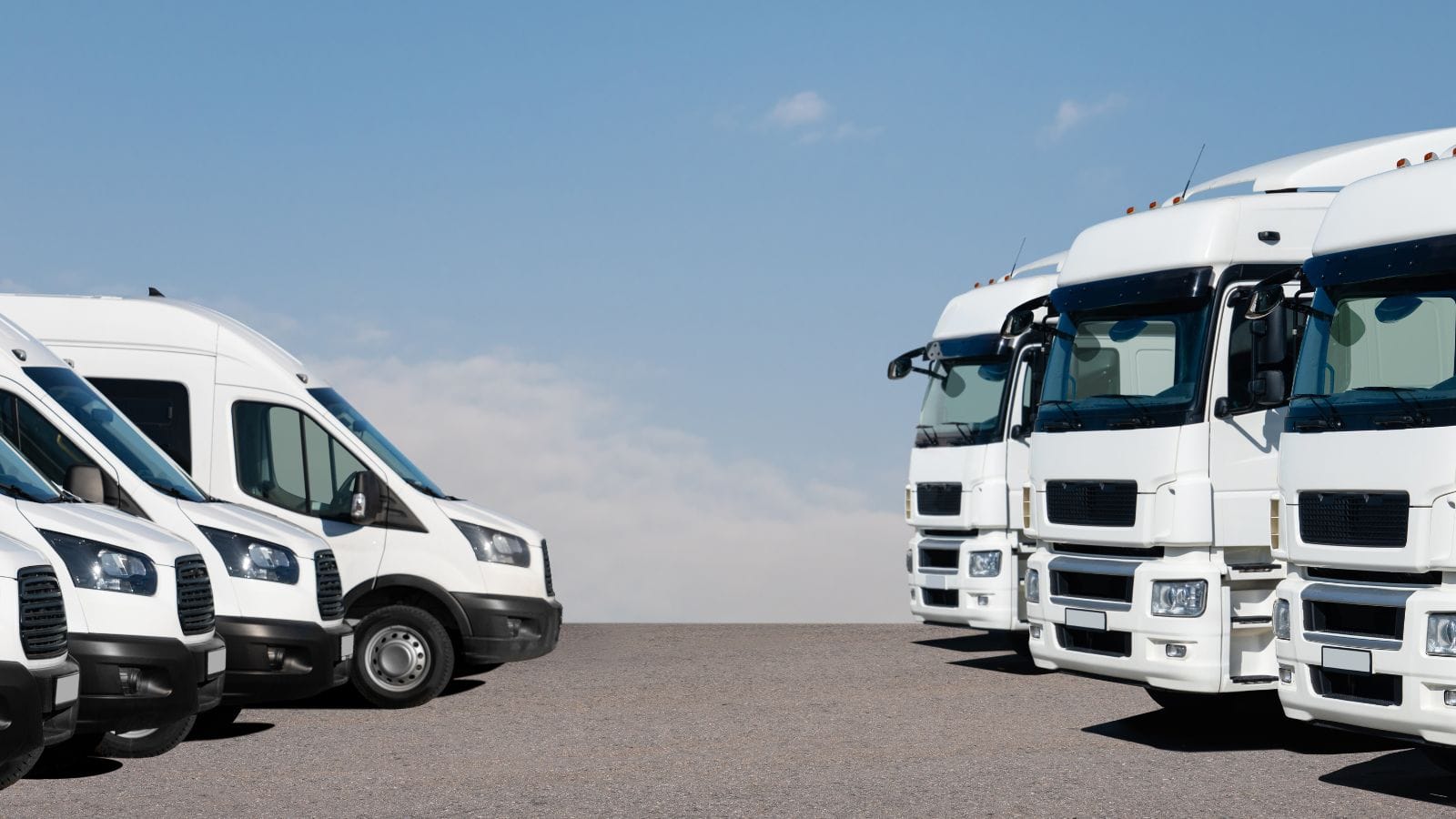
Yup. Pickup trucks, vans, and delivery vehicles aren’t exempt. Businesses that rely on fleets may feel the pinch hard. Also, these tariffs could disrupt supply chains, jack up operating costs, and slow down commercial upgrades. According to StatsCan, over 70% of Canada’s imported vehicles come from the U.S.—a lot of Fords and Chevys are now getting the expensive spa treatment at the border. And guess who foots the bill? Spoiler alert: you, the consumer. So, whether you drive it, ride in it, or yell at it for blocking traffic, tariffs on commercial vehicles are no joke—unless you count your wallet laughing nervously.
What about ride-sharing and rental companies?

Oh, you thought only dealership buyers felt the sting of auto tariffs? Think again! Ride-sharing and rental companies get hit too—harder than your uncle hits the brakes during a yellow light. When tariffs raise the price of imported vehicles (especially from the U.S. or overseas), these companies pay more for their fleets. That extra cost doesn’t just disappear into the maple-scented air—it trickles down to you. Expect higher Uber fares and pricier weekend rentals, especially on newer or specialty models. And since many of these fleets bulk-buy hybrids and EVs from tariffed regions, climate-conscious consumers also get zapped.
Could tariffs hurt Canada’s climate goals?
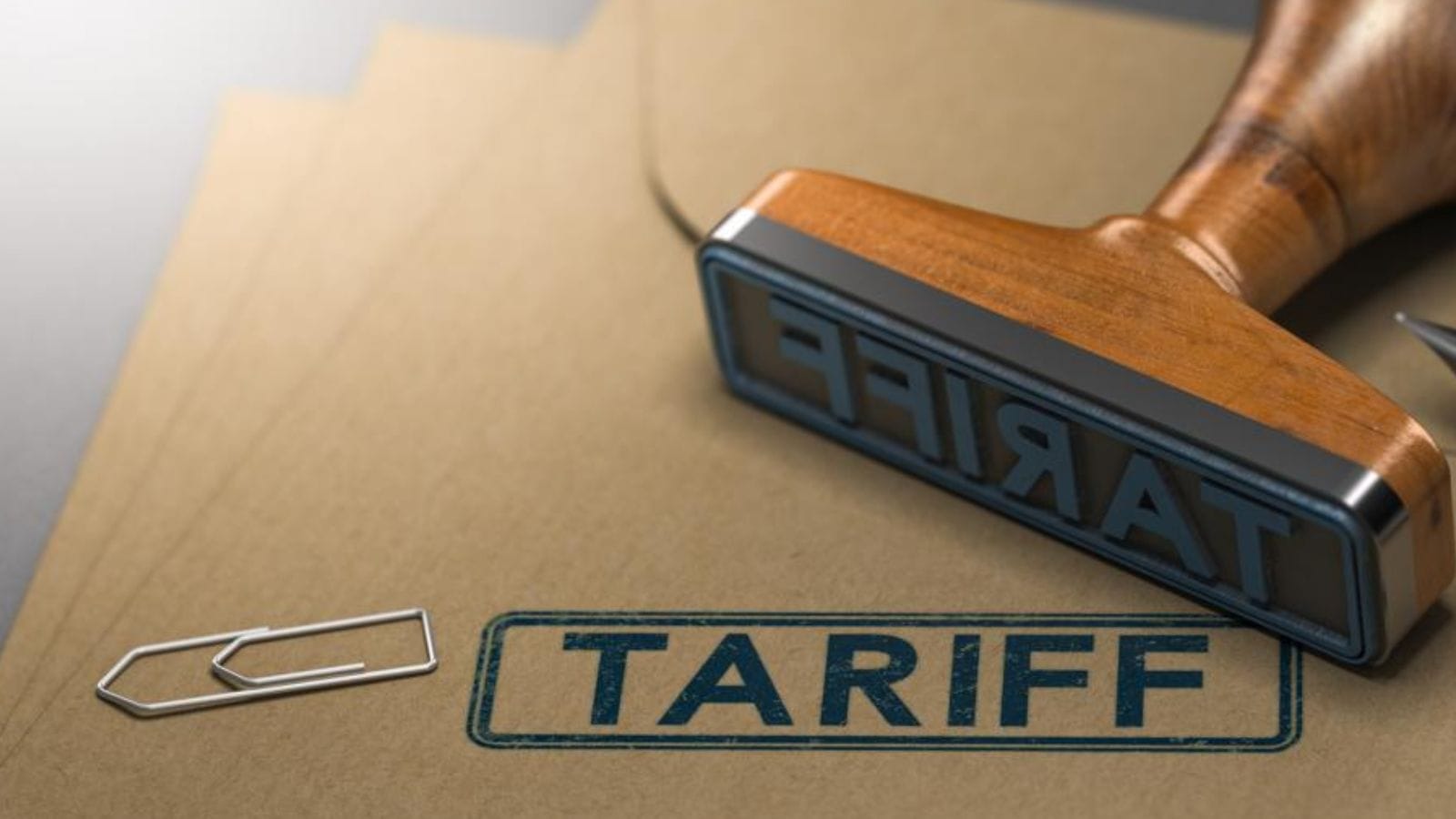
Tariffs could put the brakes on Canada’s climate goals—especially if slapped on electric vehicles (EVs). Auto tariffs make cars more expensive, and guess what? That includes those shiny, guilt-free EVs Canadians are eyeing to replace their fossil-fueled clunkers. Higher prices mean fewer green wheels on the road, slowing our race to net zero like a moose in molasses. Clean Energy Canada says EV adoption needs to surge to meet our 2035 zero-emission vehicle targets. But tariffs—like the ones threatened in U.S.-China spats—could raise EV costs by thousands, giving buyers sticker shock and second thoughts.
Are some provinces hit harder than others?

Yes, some provinces are hit harder than others, such as Ontario. We’re looking at you. With over 100,000 folks working in auto manufacturing and a serious chunk of Canada’s car production happening there, auto tariffs hit Ontario like a minivan full of bricks. Why? Because tariffs on imported parts and vehicles drive up production costs, which get passed along to you, the poor soul is trying to buy a family-friendly SUV without selling a kidney. Alberta and B.C. feel this way, too, since they import a lot of vehicles, especially from Asia. Atlantic provinces? Less manufacturing, but still paying the price at dealerships.
Is there any way around all this madness?

Looking for a way around the madness of auto tariffs? Short answer: not really—but here’s the scoop. Auto tariffs are like surprise party crashers at your wallet’s expense. When Canada or the U.S. slaps on tariffs (a.k.a. “import taxes”) on cars or car parts, the cost doesn’t vanish into thin air—it rolls downhill straight to you, the buyer. A 25% tariff could add thousands to the sticker price of your next ride. Why? Most cars sold in Canada cross the border multiple times during production. So, when tariffs hit, parts get pricier, cars cost more, and suddenly, that new SUV feels more like a luxury yacht. Your best bet? Buy before tariffs hit, go electric (incentives help), or carpool like it’s 1999.
22 Times Canadian Ingenuity Left the U.S. in the Dust

When people think of innovation, they often picture Silicon Valley. However, Canada has a history of innovation, too. Whether it’s redefining sports, revolutionizing medicine, or just showing America up at its own game, Canadian inventors, thinkers, and dreamers have had their fair share of mic-drop moments. Here are 22 times Canadian ingenuity left the U.S. in the dust.
22 Times Canadian Ingenuity Left the U.S. in the Dust
